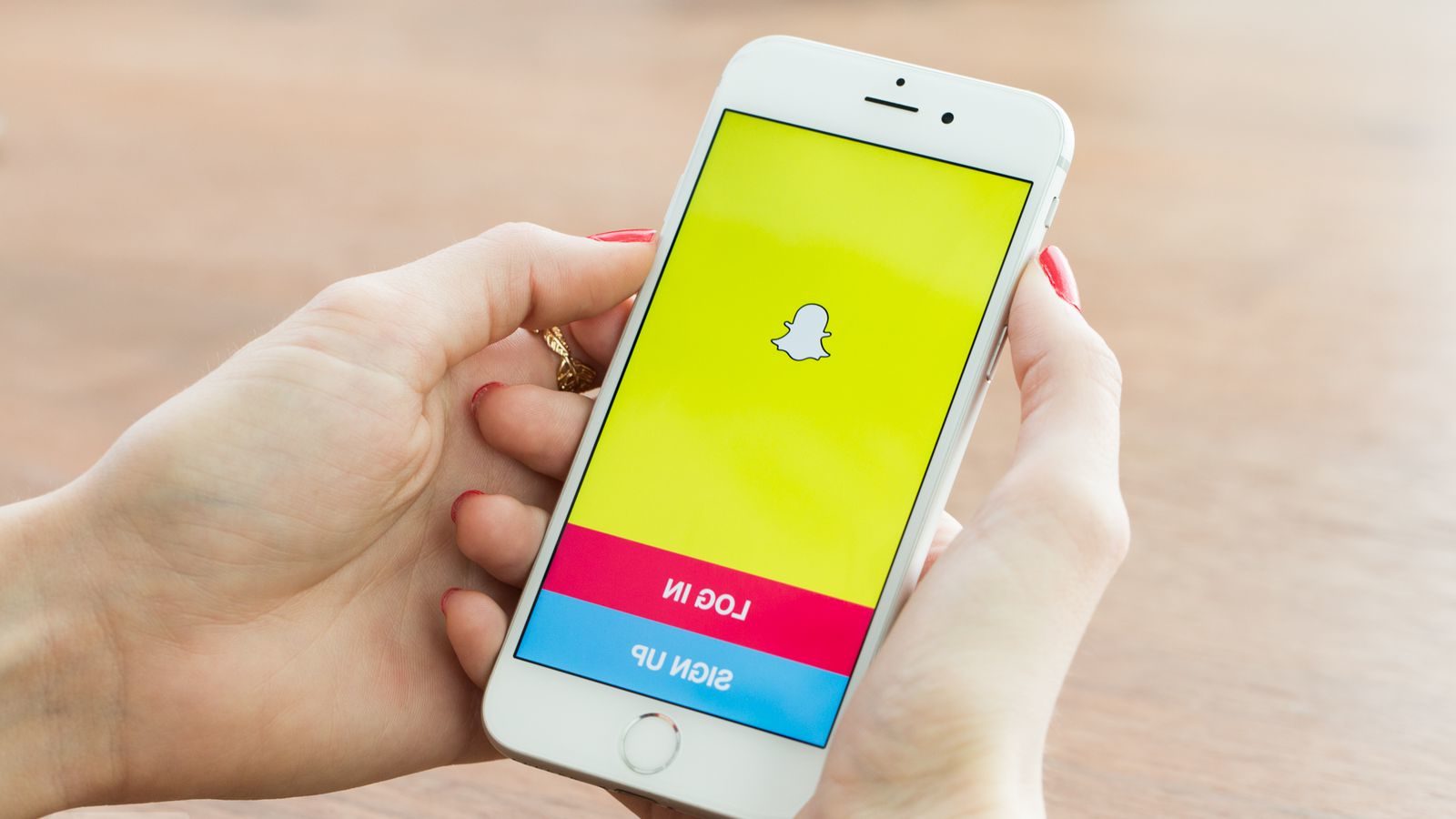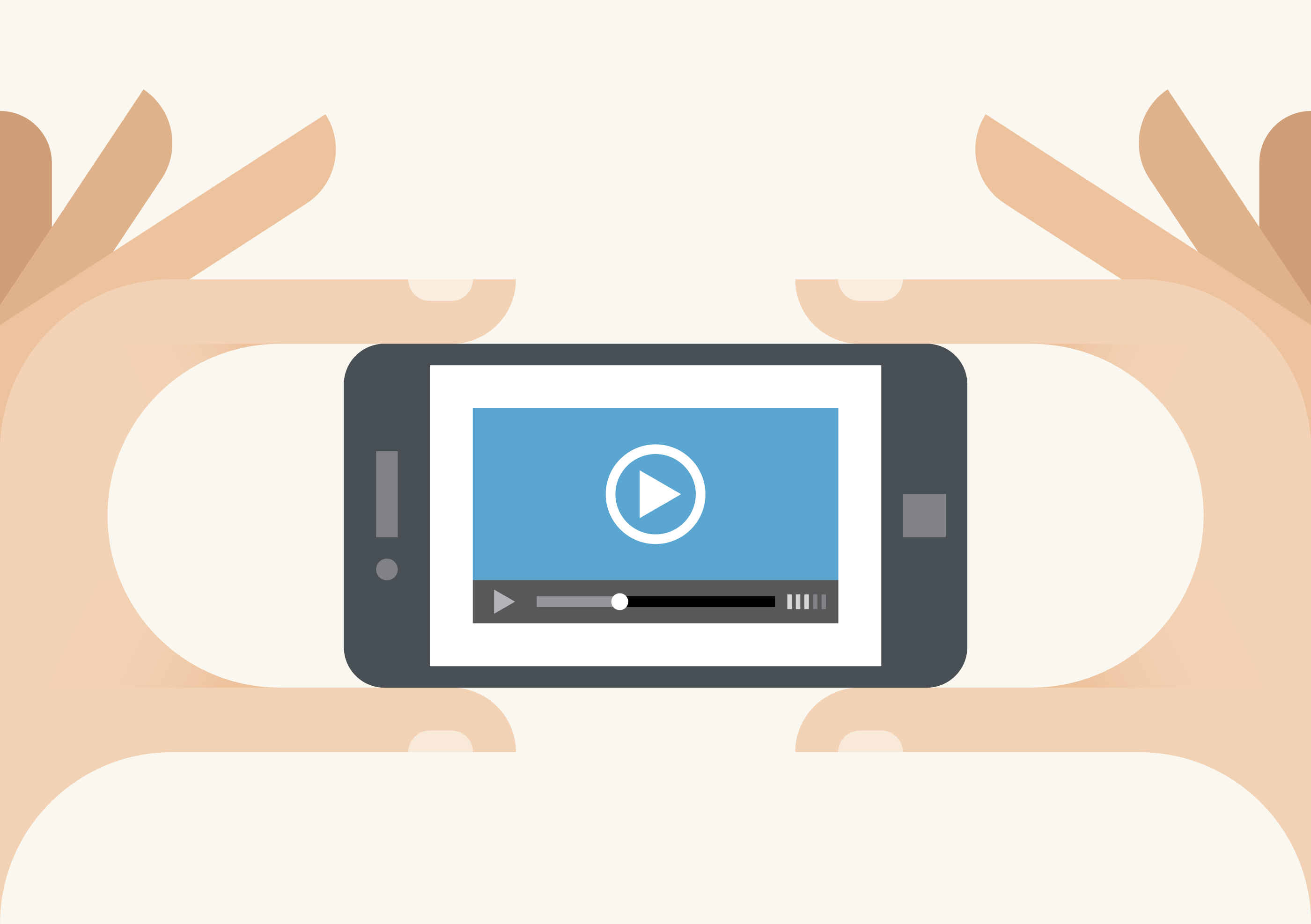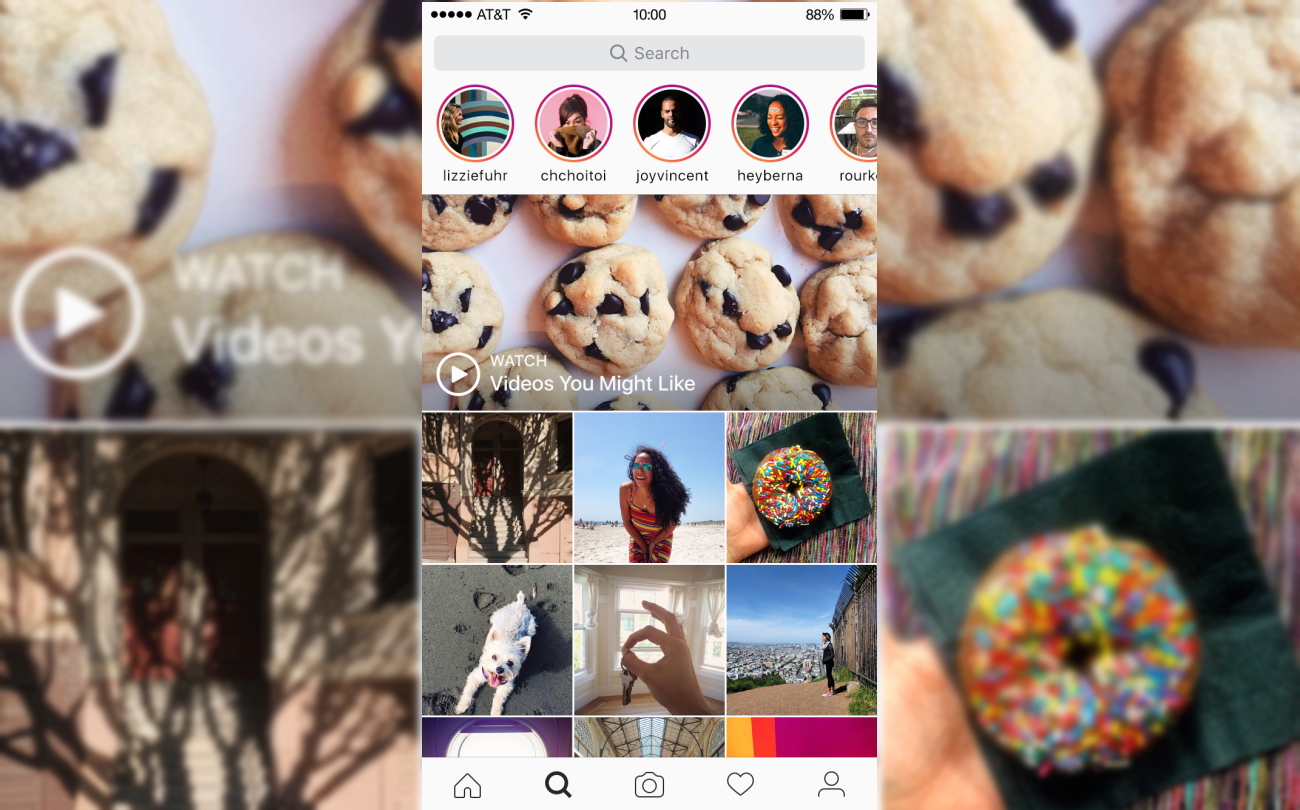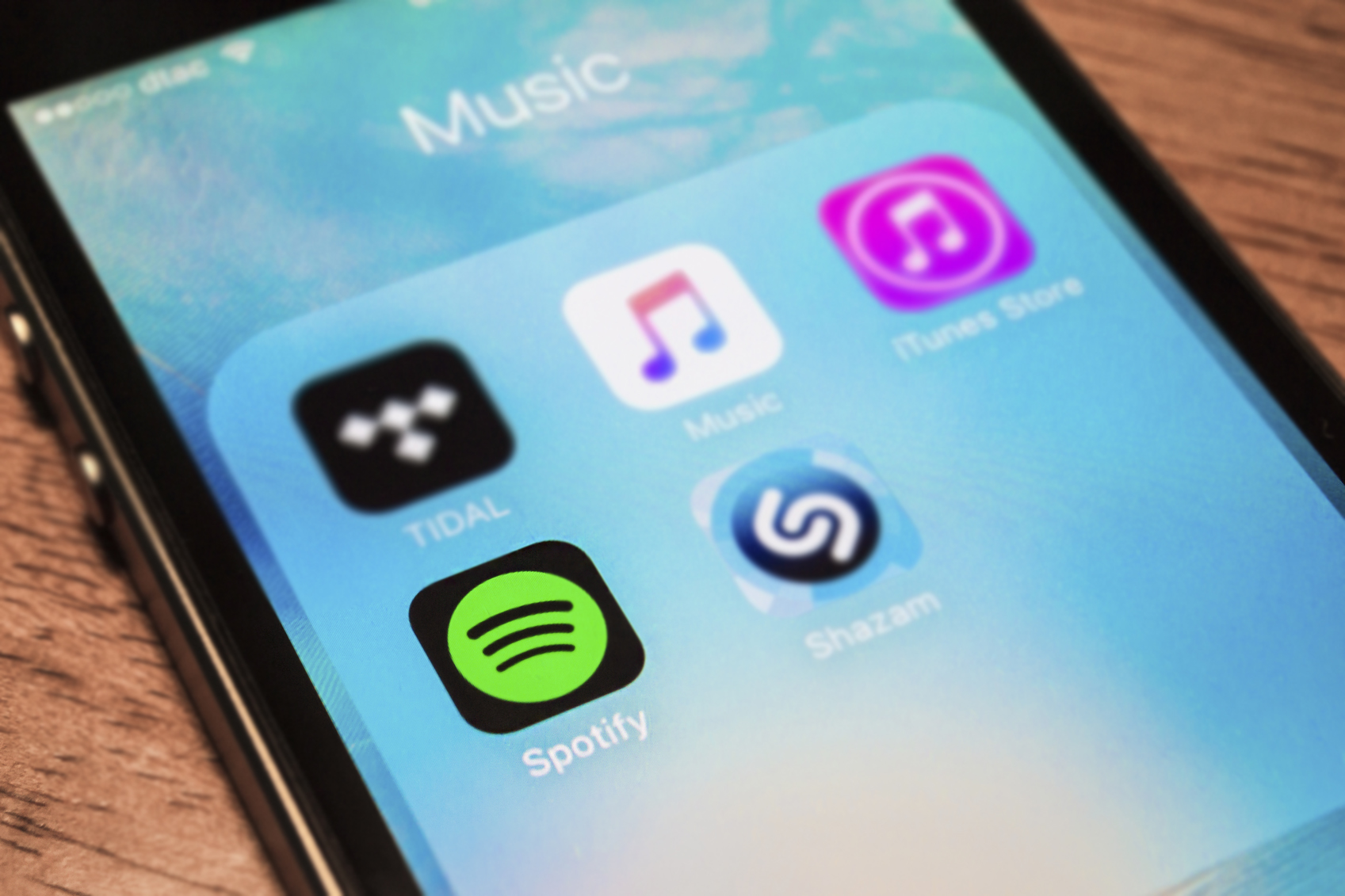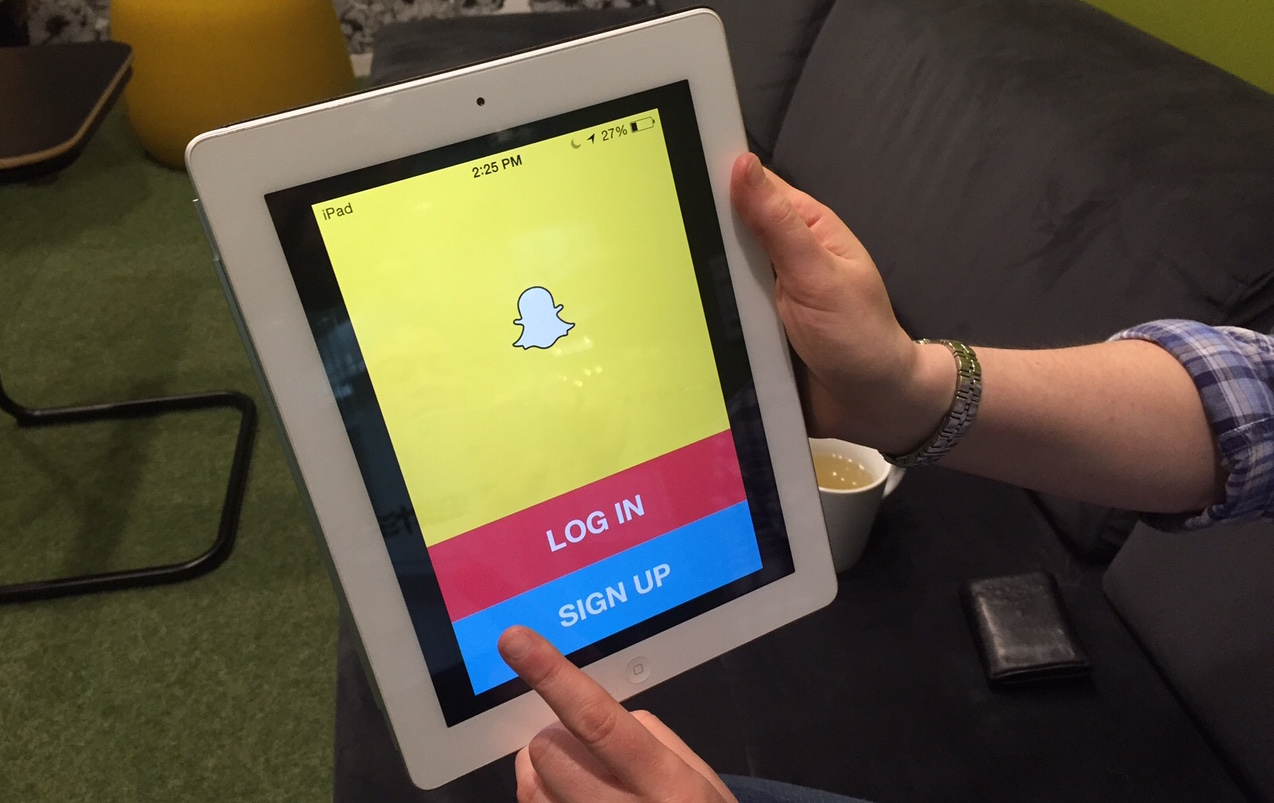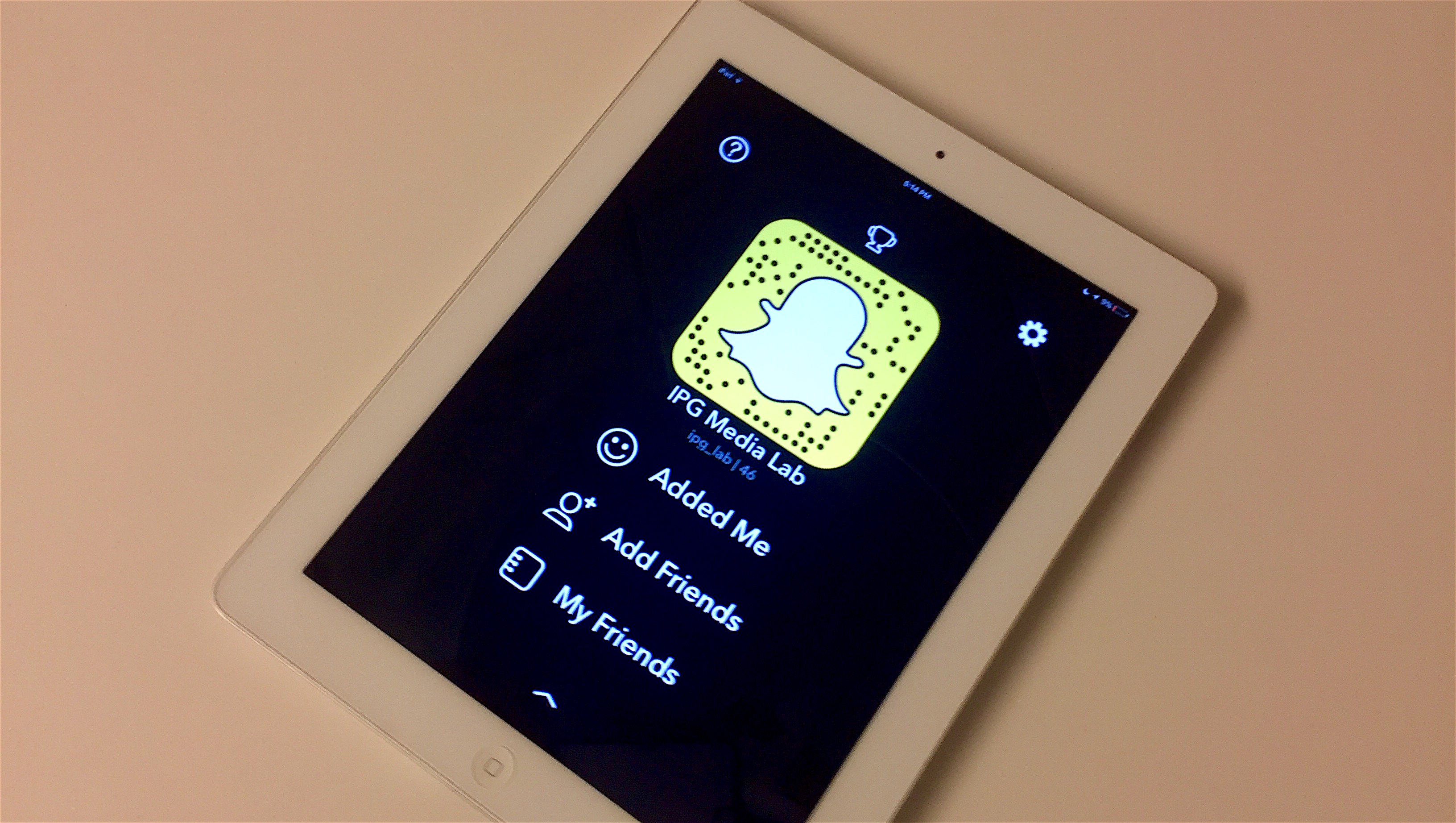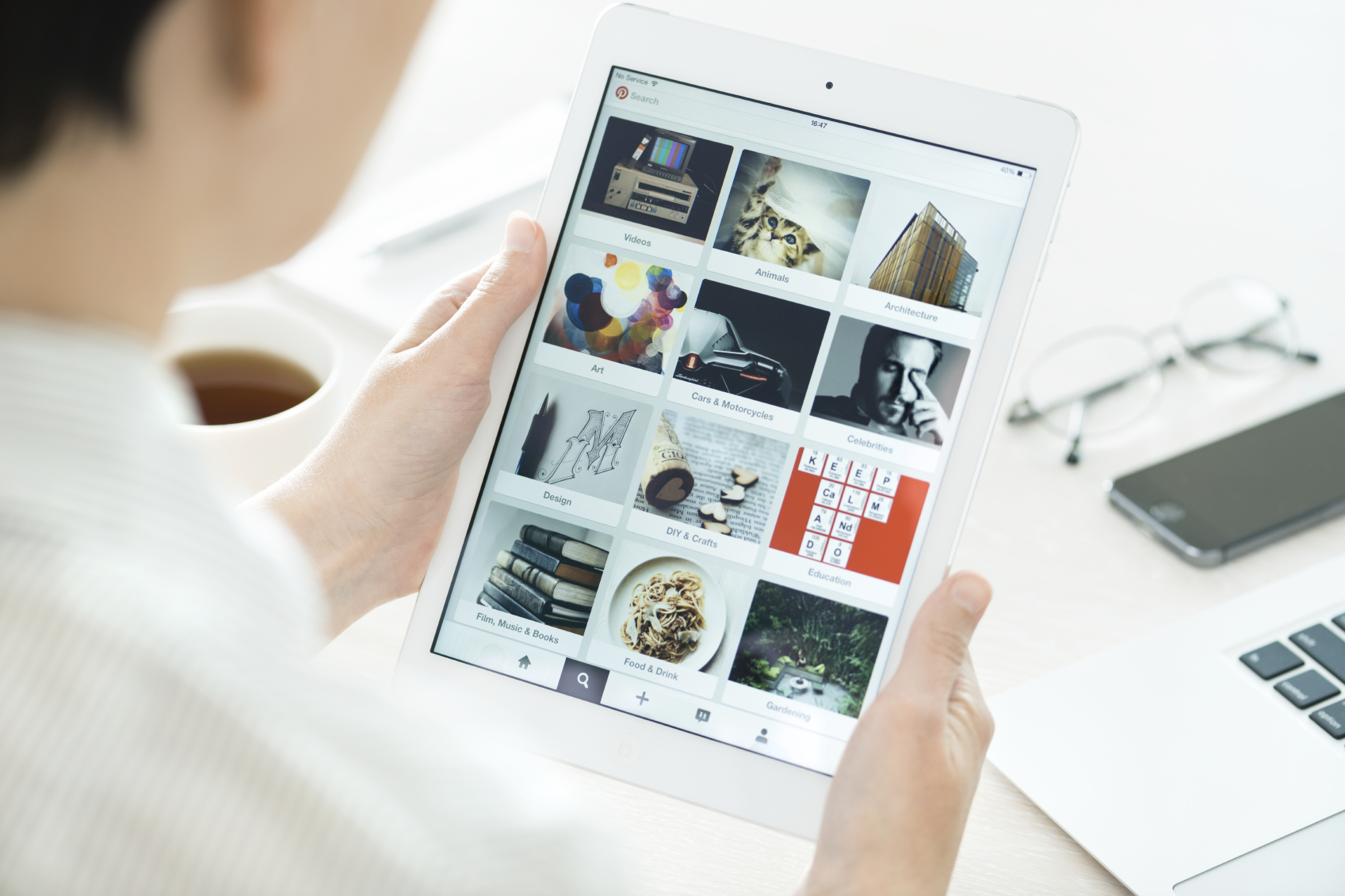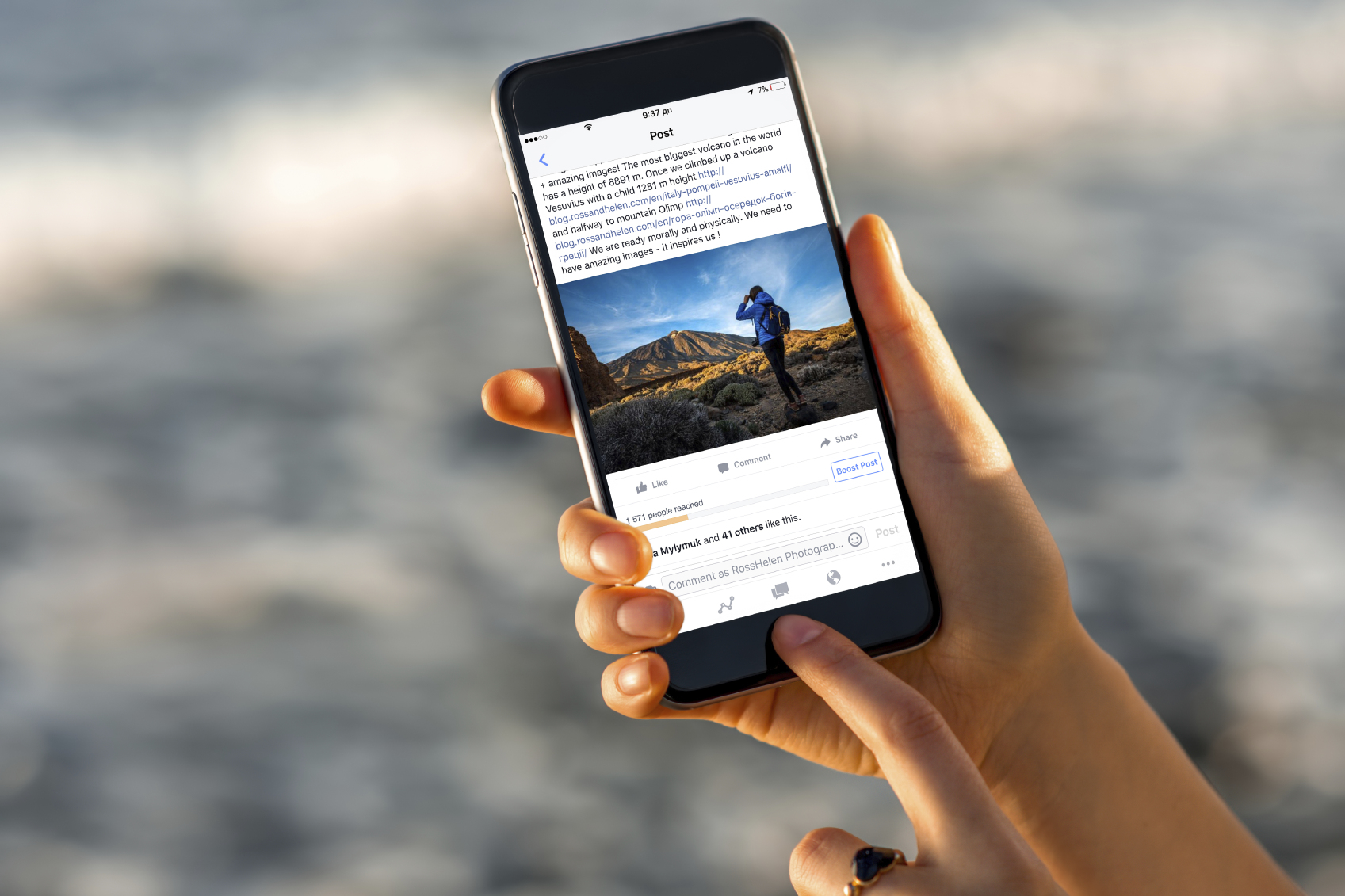What Happened
Snap Inc. announced on Thursday that it will be launching a new self-service platform called Snapchat Ad Manager, allowing brand advertisers to buy any of Snap’s ad formats, including videos, and target them to certain groups of users. Previously, brands can only buy ads on Snapchat through Snap’s sales team or third-party ad tools that often charge a fee. This platform, set to roll out in June, will be free for anyone interested to advertise on Snapchat.
In addition, Snap is also ramping up its original video content. The company has reportedly expanded its content deals with media partners including NBCUniversal, ESPN, ABC, Turner, and NFL to develop more original video content, typically 3-to-5-minute-long mini-episodes, for Snapchat Stories.
What Brands Need To Do
It is not hard to see that these two moves share the same goal – getting more ad dollars by making its platform more advertiser-friendly. The new self-serve platform makes Snap Ads much more accessible for smaller brands looking to experiment with Snapchat and reach mobile audiences. The play for more original video content can also cultivate a valuable channel for Snapchat to serve more video ads in. Although Snapchat is facing mounting pressure from Facebook’s relentlessly copying and stifling user growth, its loyal user base should keep it afloat for a while as the competition in the mobile messaging space continue to heat up. Brands looking to reach young-skewing mobile users on Snapchat should take advantage of the new platform and try out Snapchat’s unique ad formats.
Source: Wall Street Journal & The Next Web
